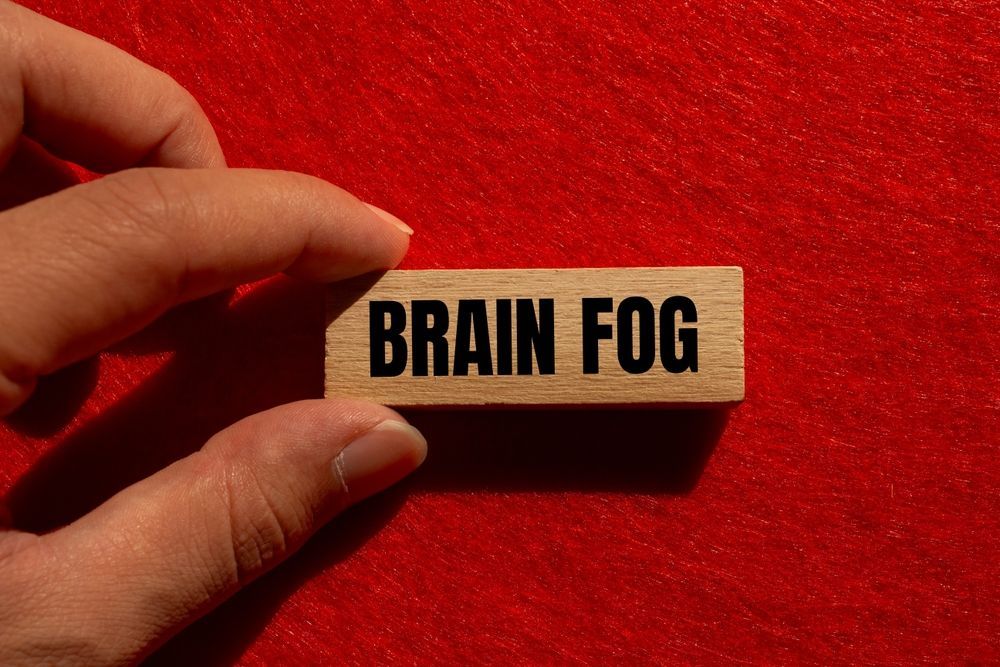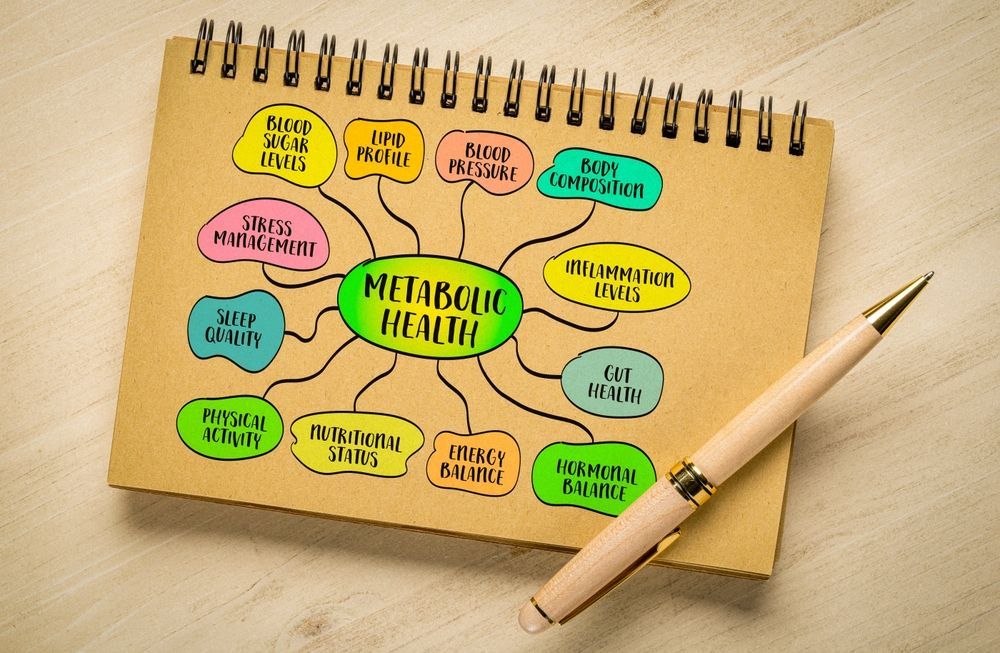How In-Clinic IV Therapy Can Help with Jet Lag

Jet lag is a common travel ailment that affects many people flying across time zones. This disruption can leave travelers feeling fatigued, confused, and overall unwell. Fortunately, in-clinic IV therapy offers a promising solution to mitigate these symptoms and restore balance after long flights.
Understanding Jet Lag: Causes and Symptoms
Jet lag occurs when the body’s internal clock, or circadian rhythm, is disrupted due to rapid travel across time zones. This misalignment leads to a variety of physiological challenges as the body struggles to adjust to a new time zone.
The Science Behind Jet Lag
When traveling, especially over multiple time zones, the body's biological clock can become out of sync with the local time. Jet lag primarily results from changes in light exposure, which affects the production of melatonin, the hormone responsible for regulating sleep-wake cycles. As a result, travelers may experience difficulty in falling asleep, waking up too early, or feeling fatigued during the day. The severity of jet lag can also depend on the direction of travel; eastward flights often pose more challenges than westward ones due to the way our circadian rhythms are typically set. As our bodies are naturally inclined to follow the sun’s path, moving east requires us to advance our internal clock, which can be more difficult than delaying it when traveling west.
Common Symptoms of Jet Lag
Symptoms of jet lag can vary in intensity and can include:
- Fatigue or tiredness
- Difficulty concentrating
- Insomnia or disrupted sleep patterns
- Headaches
- Digestive issues
- General feelings of malaise
Understanding these symptoms can help travelers know what to expect and find better ways to manage their discomfort during travel. In addition to the physical symptoms, emotional and cognitive effects can also arise. Many travelers report feelings of irritability, mood swings, or even mild depression as their bodies struggle to adapt. This can impact not only personal well-being but also social interactions and professional responsibilities, especially when attending important meetings or events shortly after arrival. Furthermore, the effects of jet lag can linger longer than expected, with some individuals taking several days to fully acclimate to their new environment, particularly if they have crossed multiple time zones.
The Basics of In-Clinic IV Therapy
In-clinic IV therapy involves the administration of fluids, vitamins, and minerals directly into the bloodstream. This method can be particularly effective in addressing issues quickly, making it a compelling option for those suffering from jet lag.
What is In-Clinic IV Therapy?
IV therapy is a medical treatment that involves delivering hydration and nutrients through an intravenous line. This technique bypasses the digestive system, allowing for immediate absorption of essential fluids and electrolytes that the body needs, especially after long flights. Beyond jet lag, IV therapy is also gaining popularity among athletes for its ability to enhance recovery and performance, as well as among individuals looking to boost their immune systems during cold and flu season.
The Process of IV Therapy
The process typically begins with a brief consultation where a healthcare professional assesses the patient's needs. After that, an IV line is inserted, and a tailored solution is administered. Sessions can last anywhere from 30 minutes to an hour and can be customized based on individual hydration and nutrient requirements. The solutions often include a mix of saline, vitamins like B12 and C, and minerals such as magnesium and calcium, which can help replenish what the body may have lost due to stress, dehydration, or illness. Patients often report feeling revitalized and energized shortly after treatment, making it a favored option for those seeking a quick health boost.
Moreover, many clinics now offer a variety of IV therapy packages designed to address specific health goals. For instance, there are formulations aimed at enhancing skin health, improving energy levels, or even detoxifying the body. Some clinics even provide a comfortable environment with amenities such as reclining chairs, soothing music, and refreshments, turning the therapy session into a relaxing experience. This holistic approach not only emphasizes the physical benefits of IV therapy but also promotes mental well-being, making it an appealing choice for many patients looking to improve their overall health.
The Connection Between IV Therapy and Jet Lag
The link between IV therapy and jet lag lies in the body’s need for rapid rehydration and nutrient replenishment after long flights. As the body adjusts to a new time zone, these factors can play a crucial role in easing discomfort.
How IV Therapy Works to Combat Jet Lag
IV therapy directly addresses the dehydration and nutrient depletion that often accompany travel. Many travelers arrive at their destination dehydrated, which exacerbates feelings of fatigue and confusion. By administering fluids and key vitamins directly into the bloodstream, IV therapy can help restore energy levels and support the body’s recovery process.
The Role of Hydration in Managing Jet Lag
Hydration is essential during and after travel. Airplane cabins often have low humidity, leading to dehydration, which can amplify jet lag symptoms. IV therapy provides a quick and reliable way to restore fluid balance, improving physical and mental performance after travel. By ensuring adequate hydration, individuals can more effectively adjust to new time zones.
Benefits of Using IV Therapy for Jet Lag
Choosing IV therapy as a remedy for jet lag comes with numerous benefits that can enhance recovery and rejuvenation after travel.
Immediate Hydration and Nutrient Delivery
One of the most significant advantages of IV therapy is the speed of hydration. Unlike oral rehydration methods, which can take time and may not be fully absorbed, IV therapy guarantees that essential fluids and nutrients are delivered directly to the cells. This rapid replenishment can lead to quicker symptom relief and improved recovery experiences.
Customized Treatment Plans
Another benefit of in-clinic IV therapy is the ability to create tailored treatment plans. Healthcare professionals can customize the IV solutions based on individual needs, taking into account factors like length of travel, destination, and personal health history. This personalized approach ensures that each patient receives the optimal combination of nutrients to support their recovery from jet lag.
Safety and Effectiveness of IV Therapy for Jet Lag
While IV therapy is generally considered safe, understanding the potential side effects and overall effectiveness is essential for travelers.
Potential Side Effects and Risks
As with any medical treatment, there are potential side effects to be aware of. Common side effects may include:
- Minor discomfort or bruising at the injection site
- Headaches
- Changes in blood pressure
- Allergic reactions to specific vitamins or additives
However, with proper medical oversight, these risks can often be minimized.
Success Rate of IV Therapy in Treating Jet Lag
The success rate of IV therapy in alleviating jet lag symptoms is particularly promising. Many travelers report significant improvements in their energy levels and reduced symptoms after just one session. While individual experiences may vary, the combination of hydration and targeted nutrients makes this treatment option a favorable choice for those looking to minimize the impact of jet lag.
In conclusion, in-clinic IV therapy can be a valuable tool for travelers seeking relief from the symptoms of jet lag. With its rapid hydration capabilities and customized treatment plans, individuals can restore their energy levels and better adjust to new time zones, making for a more enjoyable travel experience.
Get In touch

14891 North Northsight Blvd Suite 118, Scottsdale, AZ 85260

8AM-8PM (Mobile)
8AM-6PM (In-clinic)
QUICK Links
We Accept

We accept cash and all major credit cards. Our services are also HSA & FSA (Health/Flexible Savings Account) approved!
© 2016-2025 Arizona IV Medics | All rights reserved | Privacy Policy | Powered By OMG Marketing







